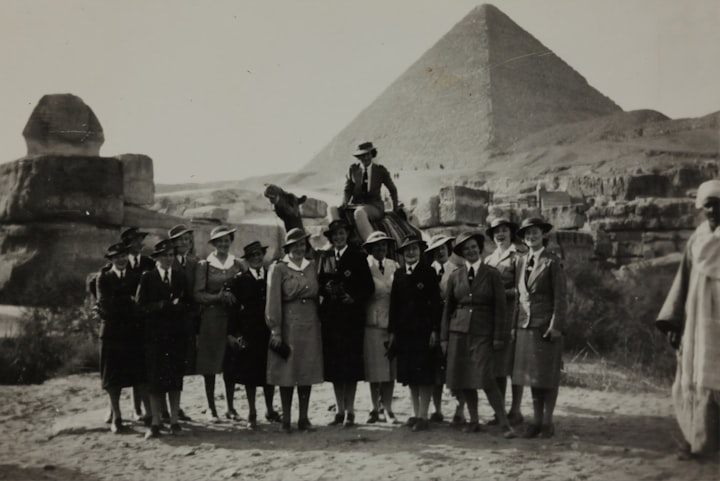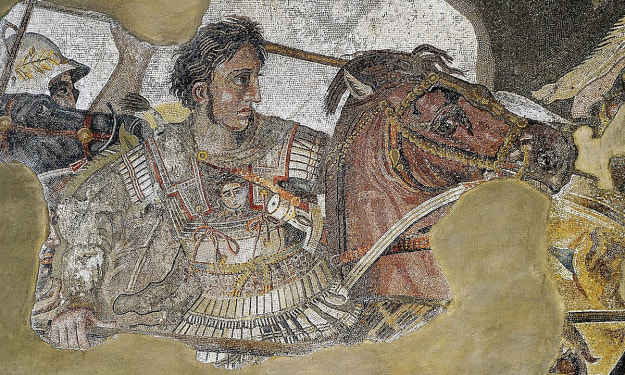History of USA
The Remarkable History of the United States
Long before the United States became the superpower it is today, its history was one of resilience, struggle, and the pursuit of freedom. This is the story of how a collection of colonies evolved into a united nation that would shape the course of modern history.
Chapter 1: Colonization and Early Struggles (1600s-1700s)
In the early 17th century, European explorers and settlers arrived on the shores of what is now the United States. The English, Spanish, French, and Dutch established colonies along the eastern seaboard. These colonies grew, each with its own unique culture and governance.
Tensions between the colonies and the British Crown escalated over issues of taxation, representation, and self-governance. This culminated in the American Revolutionary War (1775-1783), during which colonists fought for their independence. The war's turning point came at the Battle of Saratoga, leading to the support of France and eventual victory.
Chapter 2: Birth of a Nation (1776-1800)
In 1776, the Continental Congress adopted the Declaration of Independence, eloquently penned by Thomas Jefferson. The American Revolution officially ended in 1783 with the Treaty of Paris, recognizing the United States as a sovereign nation.
The Articles of Confederation established a loose framework of government, but its weaknesses prompted the drafting of the United States Constitution in 1787. The Constitution's ratification in 1788 established a federal system with three branches of government, a blueprint that endures to this day.
Chapter 3: Westward Expansion and Manifest Destiny (1800s)
The 19th century saw the United States expand its territory westward, driven by the belief in Manifest Destiny – the idea that the nation was destined to stretch from coast to coast. The Louisiana Purchase in 1803, the Oregon Trail, and the California Gold Rush accelerated westward migration.
However, this expansion led to conflicts with indigenous peoples and sparked debates over the expansion of slavery, which culminated in the Civil War (1861-1865). The war resulted in the abolition of slavery and a redefinition of the nation's identity.
Chapter 4: Industrialization and Immigration (Late 1800s)
The latter half of the 19th century brought rapid industrialization, urbanization, and waves of immigration. The Transcontinental Railroad, the rise of big business, and technological innovations transformed the nation's economy. Millions of immigrants from Europe, Asia, and other parts of the world sought opportunities in the United States.
Chapter 5: World Wars and Superpower Status (20th Century)
The 20th century witnessed the United States become a global superpower. World War I saw the nation's emergence on the international stage, while World War II solidified its role as a leader in global affairs. The Cold War rivalry with the Soviet Union dominated much of the century, leading to the Space Race and proxy conflicts around the world.
Chapter 6: Civil Rights and Social Change (1950s-1960s)
The mid-20th century was marked by the civil rights movement, a struggle for racial equality and justice. Activists like Martin Luther King Jr. led nonviolent protests that eventually led to landmark legislation, including the Civil Rights Act of 1964 and the Voting Rights Act of 1965.
Chapter 7: Modern Challenges and Progress (Late 20th Century-Present)
The latter part of the 20th century and beyond brought new challenges, from economic recessions to environmental concerns and global terrorism. The United States continued to be a hub of technological innovation, with the rise of Silicon Valley and the digital revolution.
Through its history, the United States has evolved into a diverse and complex nation, shaped by the struggles and triumphs of its people. From the Founding Fathers to modern activists, each generation has contributed to the ongoing narrative of a nation striving to fulfill its ideals of liberty, equality, and the pursuit of happiness.
Here is a list of United States presidents in chronological order, along with the duration of their time in office:
George Washington (1789-1797) - 8 years
John Adams (1797-1801) - 4 years
Thomas Jefferson (1801-1809) - 8 years
James Madison (1809-1817) - 8 years
James Monroe (1817-1825) - 8 years
John Quincy Adams (1825-1829) - 4 years
Andrew Jackson (1829-1837) - 8 years
Martin Van Buren (1837-1841) - 4 years
William Henry Harrison (1841) - 1 month (died in office)
John Tyler (1841-1845) - 3 years, 11 months (served the remainder of Harrison's term)
James K. Polk (1845-1849) - 4 years
Zachary Taylor (1849-1850) - 1 year, 4 months (died in office)
Millard Fillmore (1850-1853) - 2 years, 7 months (served the remainder of Taylor's term)
Franklin Pierce (1853-1857) - 4 years
James Buchanan (1857-1861) - 4 years
Abraham Lincoln (1861-1865) - 4 years (assassinated in office)
Andrew Johnson (1865-1869) - 4 years (served the remainder of Lincoln's term)
Ulysses S. Grant (1869-1877) - 8 years
Rutherford B. Hayes (1877-1881) - 4 years
James A. Garfield (1881) - 6 months (assassinated in office)
Chester A. Arthur (1881-1885)
Grover Cleveland (1885-1889) - 4 years
Benjamin Harrison (1889-1893) - 4 years
Grover Cleveland (1893-1897) - 4 years
William McKinley (1897-1901) - 4 years (assassinated in second term)
Theodore Roosevelt (1901-1909) - 7 years, 6 months (served the remainder of McKinley's term)
William Howard Taft (1909-1913) - 4 years
Woodrow Wilson (1913-1921) - 8 years
Warren G. Harding (1921-1923) - 2 years (died in office)
Calvin Coolidge (1923-1929) - 6 years (served the remainder of Harding's term and one full term)
Herbert Hoover (1929-1933) - 4 years
Franklin D. Roosevelt (1933-1945) - 12 years (died in fourth term)
Harry S. Truman (1945-1953) - 8 years (served the remainder of Roosevelt's term and one full term)
Dwight D. Eisenhower (1953-1961) - 8 years
John F. Kennedy (1961-1963) - 2 years (assassinated in office)
Lyndon B. Johnson (1963-1969) - 5 years (served the remainder of Kennedy's term and one full term)
Richard Nixon (1969-1974) - 5 years, 7 months (resigned from office)
Gerald Ford (1974-1977) - 2 years, 5 months (served the remainder of Nixon's term)
Jimmy Carter (1977-1981) - 4 years
Ronald Reagan (1981-1989) - 8 years
George H.W. Bush (1989-1993) - 4 years
Bill Clinton (1993-2001) - 8 years
George W. Bush (2001-2009) - 8 years
Barack Obama (2009-2017) - 8 years
Donald Trump (2017-2021) - 4 years
Joe Biden (2021-present) - As of the current date, Joe Biden is the President of the United States.






Comments (1)
Great one